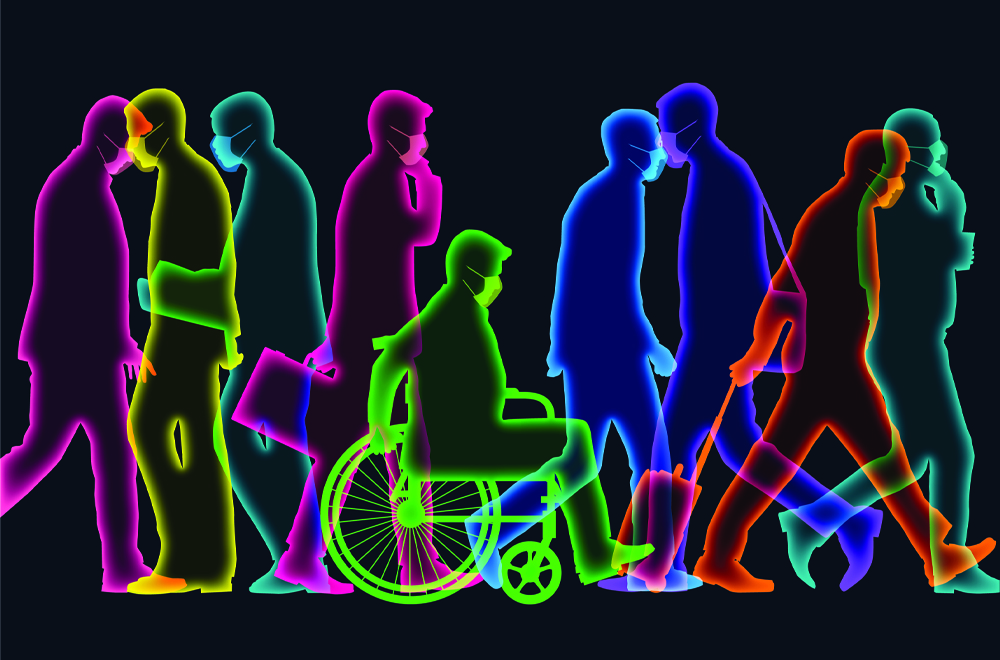The Disability Leadership Institute has raised the red flag on the employment gap for people with disability.
“It is well past time that the disability sector commits to hiring people with disability at every level of their organisations,” Disability Leadership Institute CEO Christina Ryan said.
She said the disability sector has grown since the introduction of the NDIS with over 270,000 jobs created. A report on the economic impact of the NDIS from the think tank Per Capita said the scheme has contributed $52.4 billion over the last financial year with government estimating an additional 83,000 workers will be needed for the NDIS in the next few years.
But how many of these jobs have been filled by people with disability?
Now is the best time for organisations to seriously invest in people with disability at all levels, through structured, disability-led leadership and development programs, Ryan said.
“Creation of an open environment where disability leaders feel safe and comfortable being themselves in the workplace is starting to happen. The ability to talk openly, without justifying disability and how it behaves, in a supportive environment, is a critical underpinning of all Disability Leadership Institute work, including the Future Shapers program and DLI member groups.
“When organisations put in the effort, and the resources to develop their disability leaders, they can become a disability employer of choice.”
DLI members work in a wide range of industries, including the private and public sector, disability and other not-for-profit organisations, and include people running their own business.
The year-long Future Shapers leadership course is the flagship program of the Disability Leadership Institute. Applications close June 30. Find out more at disabilityleaders.com.au
According to Australian Institute of Health & Welfare data, 48 per cent of working age people with disability are in work, compared to 80 per cent of those without disability, and twice as many people with disability are unemployed than people without disability.

